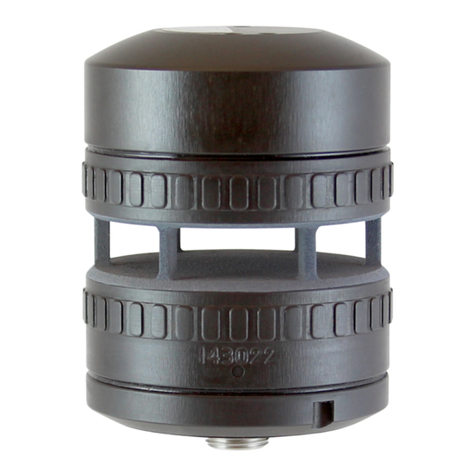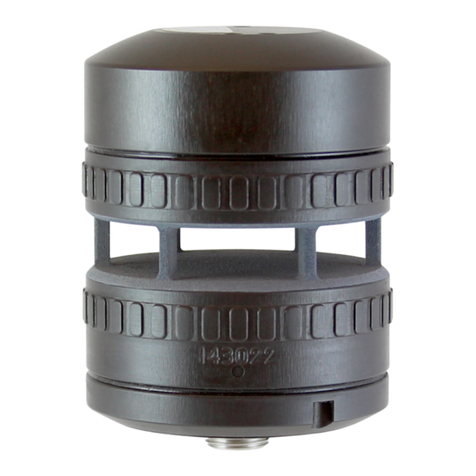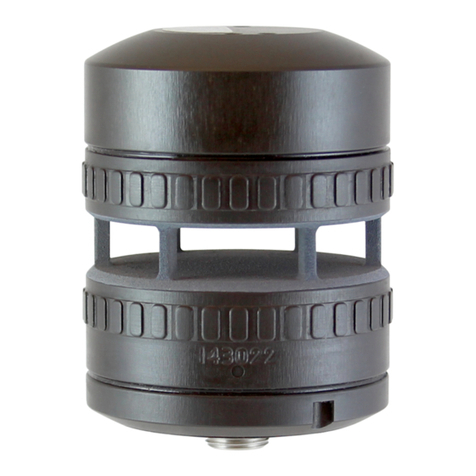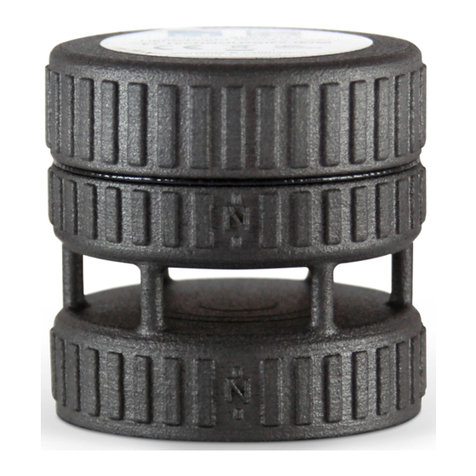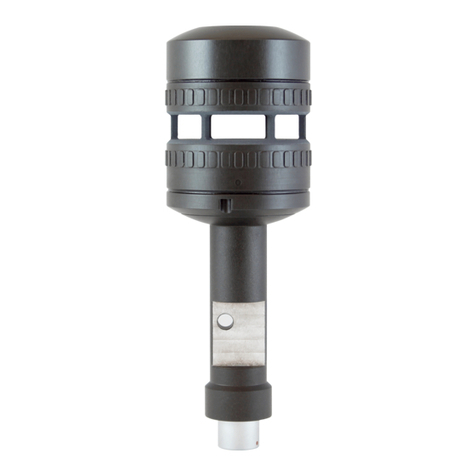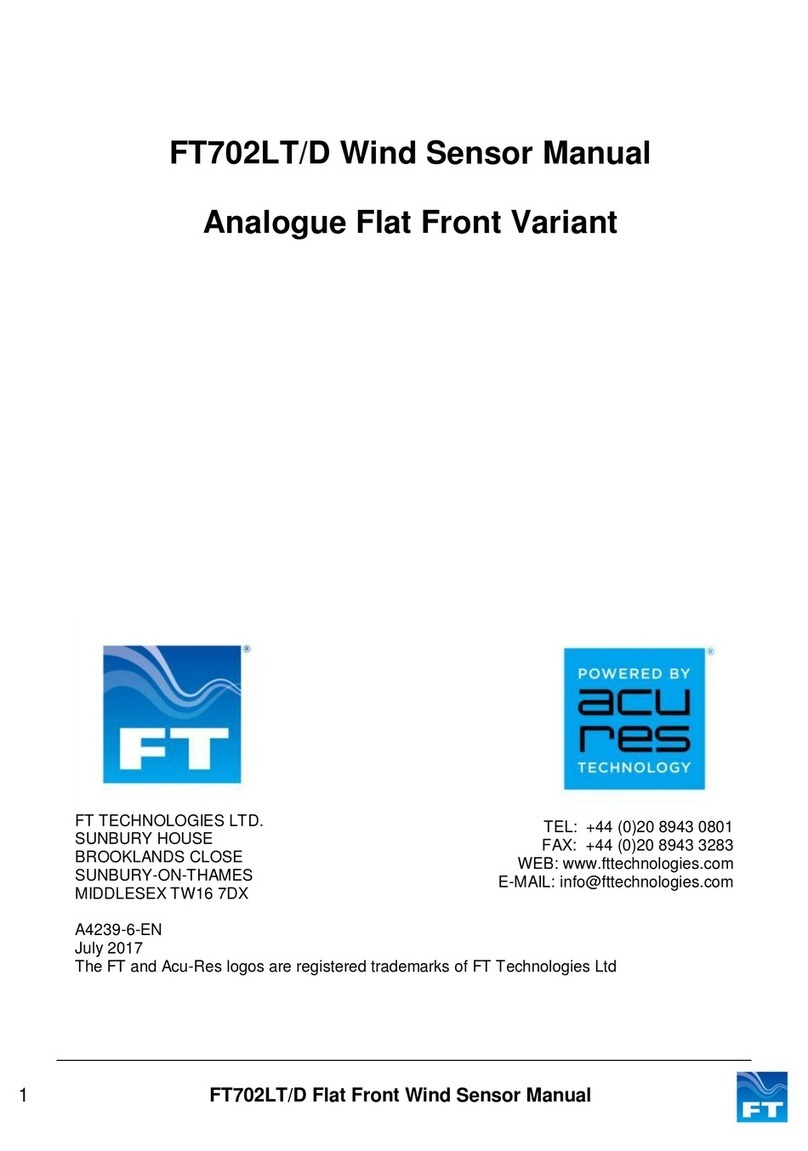2 FT742 (4-20mA) –DM Sensors - User Manual
Contents
Safety Instructions .......................................................................................4
Consignes de sécurité...................................................................................5
1INTRODUCTION ......................................................................................6
1.1 Product Overview....................................................................................................6
1.2 Build Versions & Labelling.....................................................................................6
1.3 Scope of Use............................................................................................................6
1.4 Disclaimer ................................................................................................................7
2FUNCTIONAL DESCRIPTION.................................................................8
2.1 Technical Performance...........................................................................................8
2.2 Current Loops..........................................................................................................9
2.2.1 Current Loop Characteristics................................................................................9
2.2.2 Using the Averaging Filter.....................................................................................9
2.2.3 Wind Speed Loop .................................................................................................9
2.2.4 Wind Direction Loop........................................................................................... 10
2.2.5 Changing the Wind Datum Direction ................................................................. 11
2.2.6 Error Conditions................................................................................................. 12
2.3 Heater Operation .................................................................................................. 13
2.4 Low Power Operation .......................................................................................... 13
3MECHANICAL & ELECTRICAL INSTALLATION .................................14
3.1 Connector Details................................................................................................. 21
3.2 Cable Details......................................................................................................... 21
3.3 Lightning, Surge & EMI Protection..................................................................... 22
4SERVICE, CONFIGURATION & TESTING............................................24
4.1 Inspection ............................................................................................................. 24
4.2 Fault Finding & Troubleshooting........................................................................ 25
4.3 Returns.................................................................................................................. 26
4.4 The Acu Test Evaluation PC Software............................................................... 27
